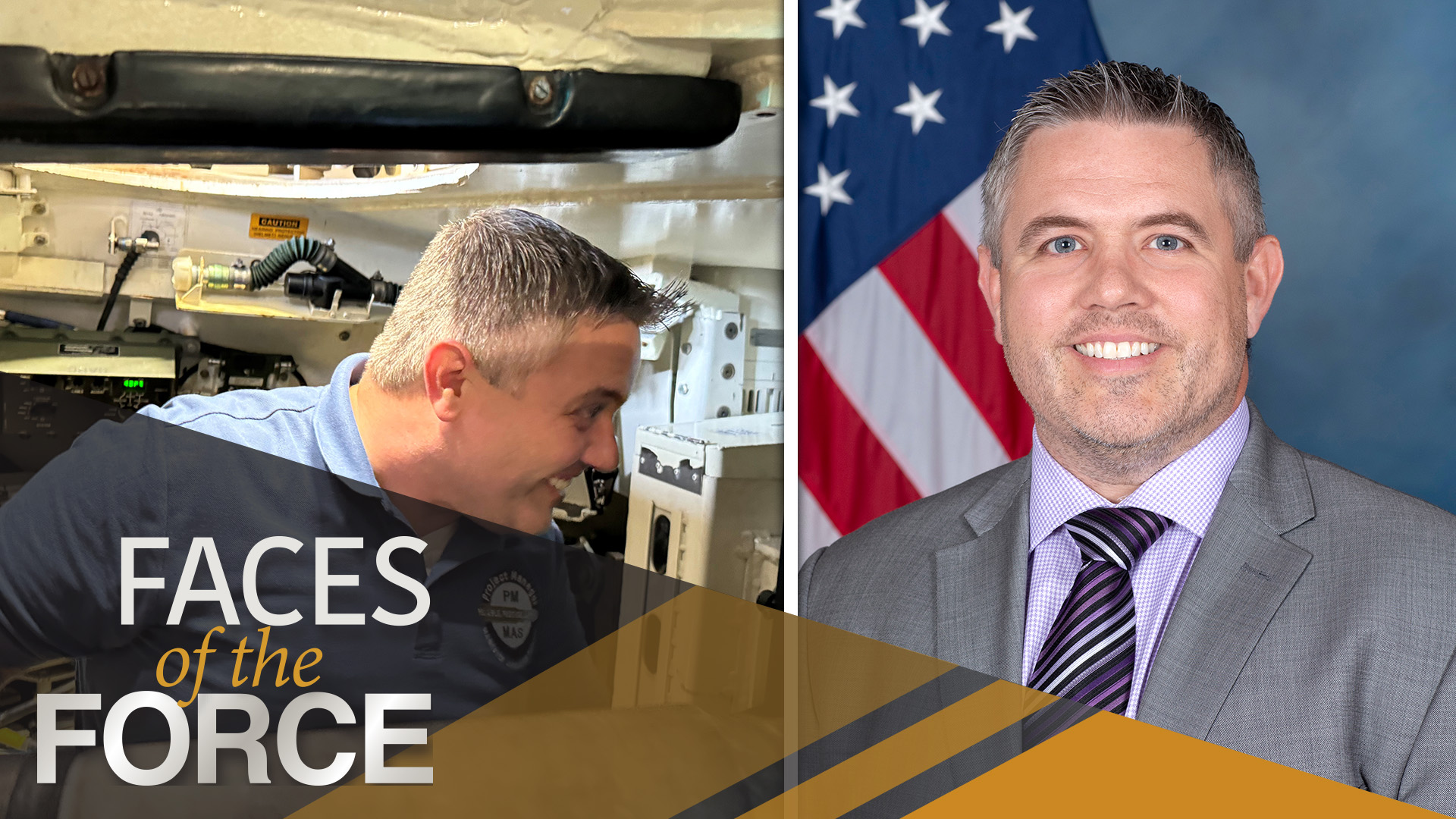
COMMAND/ORGANIZATION: Joint Program Executive Office Armaments and Ammunition, Project Manager Maneuver Ammunition Systems
TITLE: Program officer lead, Tank Training Ammunition
YEARS OF SERVICE IN WORKFORCE: 18
DAWIA CERTIFICATIONS: Practitioner, engineering and technical management
EDUCATION: M.S. in integrated product development, Stevens Institute of Technology; B.S. in materials science and engineering, Lehigh University
AWARDS: Commanders Award for Civilian Service (July 2016)
Matthew T. Horch
by Cheryl Marino
“You get to shoot guns and work with tanks?” Those outside of work will often ask Matthew Horch this question when he describes his role as the program officer lead for Tank Training Ammunition under the Joint Program Executive Office Armaments and Ammunition, Project Manager Maneuver Ammunition Systems. That question, he said, is usually followed by, “So, you’re a contractor.” Which typically sparks discussion of the general technologies behind what the Army Acquisition Workforce (AAW) develops and employs to the Soldier.
“The general population does not realize the Army and other Armed Services include a large core civil servant technical workforce supporting development and execution of programs to ensure the warfighter can fight with the tools to win our wars,” Horch said.
As the lead program officer for all 120 mm training ammunition, Horch works with DOD contractors and government engineering teams to ensure all tank training ammunition produced for Soldiers maintains a high quality and is safe to function during training. Additionally, he looks for ways to improve the current ammunition with non-recurring engineering efforts and execute development of new training cartridges to better match their current combat counterparts.
“Developing or being part of the development of a range of technologies, some of which have been fielded, inspires me to continue supporting these activities,” he said, “ensuring that we, the civilian acquisition workforce, continue to provide the best to our warfighter.”
Horch said he joined the AAW right out of college as an engineer in the Small Caliber Munitions Division in what was then the Army Research, Development and Engineering Center and is now the U.S. Army Combat Capabilities Development Command Armaments Center (DEVCOM AC) at Picatinny Arsenal in New Jersey.
“I started a project to evaluate various 7.62 mm sniper ammunition outside of my general production duties at Lake City Army Ammunition Plant [LCAAP] and that whetted my appetite in the ammo development and improvements track on which I spent a significant amount of my career,” he said. “The ability to take existing technologies and make incremental improvements to them, or get lucky and find and develop disruptive technologies, really kept me engaged in every project knowing where you wanted it to end up—on that production line at LCAAP.”
Horch stated that his first sniper ammo project, in 2007, was probably the most important. “It afforded me the opportunity to own the direction of the project as a new engineer,” he explained. “Experiencing those first steps of leading a team, making mistakes and controlling tasks and activities toward a common goal helped develop my skills as I expanded my work into new research and development and product improvement efforts.”
Horch initiated and led the development of the One Way Luminescent (OWL) program, focusing on finding the right team members and creative ways to execute the work when “red tape” restricted activity. “The two important lessons from my OWL work were to ensure you have the right people to fit the mission, not just available bodies,” he said. “And there is always a way to get the mission done, even when you were told ‘no.’”
The most critical point in his career so far, Horch said, was taking a broadening experience, matrixing to Project Manager for Maneuver Ammunition Systems (PM MAS) under the Product Manager Small Caliber Ammunition in 2021 as the technology transition lead, where he gained a greater appreciation for the Army’s “big picture.” Developing program strategies, planning for contingencies and finding new and creative ways to execute programs helped him transition from performing detailed engineering work to leading and guiding technology portfolios to help field capabilities and ammunition to the warfighter.
“This advanced my ‘portfolio perspective’ by requiring me to build roadmaps for multiple technologies, transitioning from Engineering and Manufacturing Development to Low-Rate Initial Production, and evaluate risks based on competing program resources,” he said. “It also enabled me to work classified efforts, which required procedural development and understanding for technology security. I recognize that I have missed some opportunities along the way, but looking back, I’m very happy with the path I’ve walked to get where I am today.”
PM MAS provided Horch with a different perspective and forced greater interaction with stakeholders on all his projects. He said it was extremely difficult to take a step back and not “engineer” activities but instead guide the engineers toward solutions. However, this position helped him better understand the role the PM has in the greater acquisition world and allowed him to develop other aspects of his career that were missing as a result of having previously only worked within DEVCOM AC.
“Based on this experience, I would recommend this type of rotation to other members of the AAW,” he said. “Being a program officer is not for everyone; however, understanding the PM mission helps provide perspective when working the detailed engineering activities.”
This perspective has also been of use outside of work where Horch is best known as Dad’s taxi service, support man and being present. “My wife and I balance activities for our three kids, and our relationships with other adults are usually based on that,” he said. “The biggest takeaway is being able to balance all our activities that take us in multiple directions—balancing a complex schedule, making sure everyone’s ready and where they need to be and being present to watch and support our daughters while still making time to slow down and enjoy family time.”
Whether it’s outside or inside of work, two principles Horch said he greatly reinforces are ownership and willingness to make decisions.
“Ownership is critically important to what we do as leaders, technology developers, etc. Too often I’ve seen others pass ownership to someone else because there are problems or the program is struggling,” he said. “A key component to that ownership is making decisions. Lack of execution kills programs; lack of execution typically happens when decisions are delayed. Make a decision and own that decision, right or wrong, and move to execution. You can’t learn or progress if you don’t choose a path.”
Horch then shared a piece of advice he received after a post-interview discussion that has stuck with him ever since: “All projects transition or end, and instead of letting someone else decide where you go with your career, be proactive and have a plan.”
“Faces of the Force” highlights the success of the Army Acquisition Workforce through the power of individual stories. Profiles are produced by the Army AL&T magazine team, working closely with public affairs officers to feature Soldiers and civilians serving in various Army acquisition disciplines. For more information, or to nominate someone, go to https://asc.army.mil/web/publications/army-alt-submissions/.







